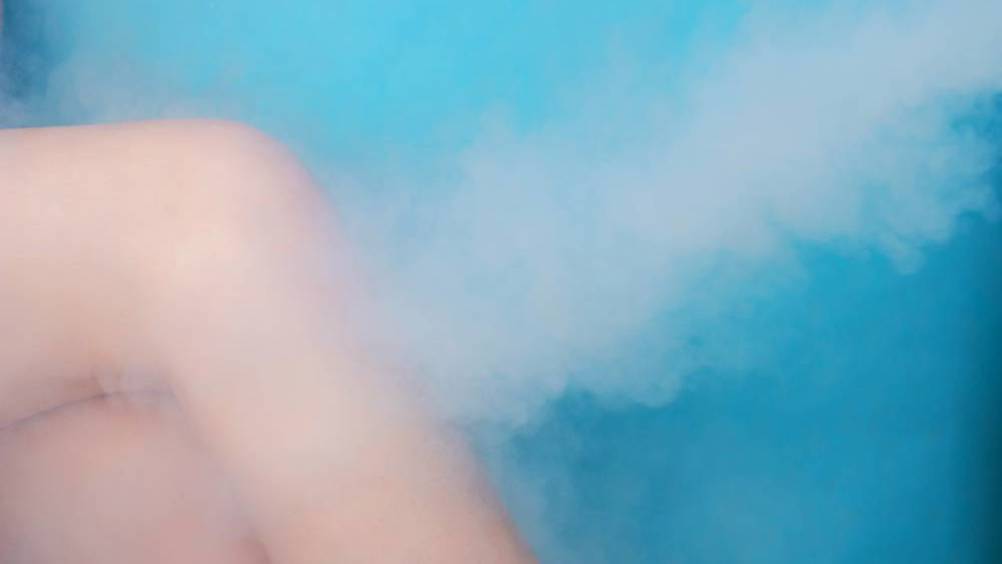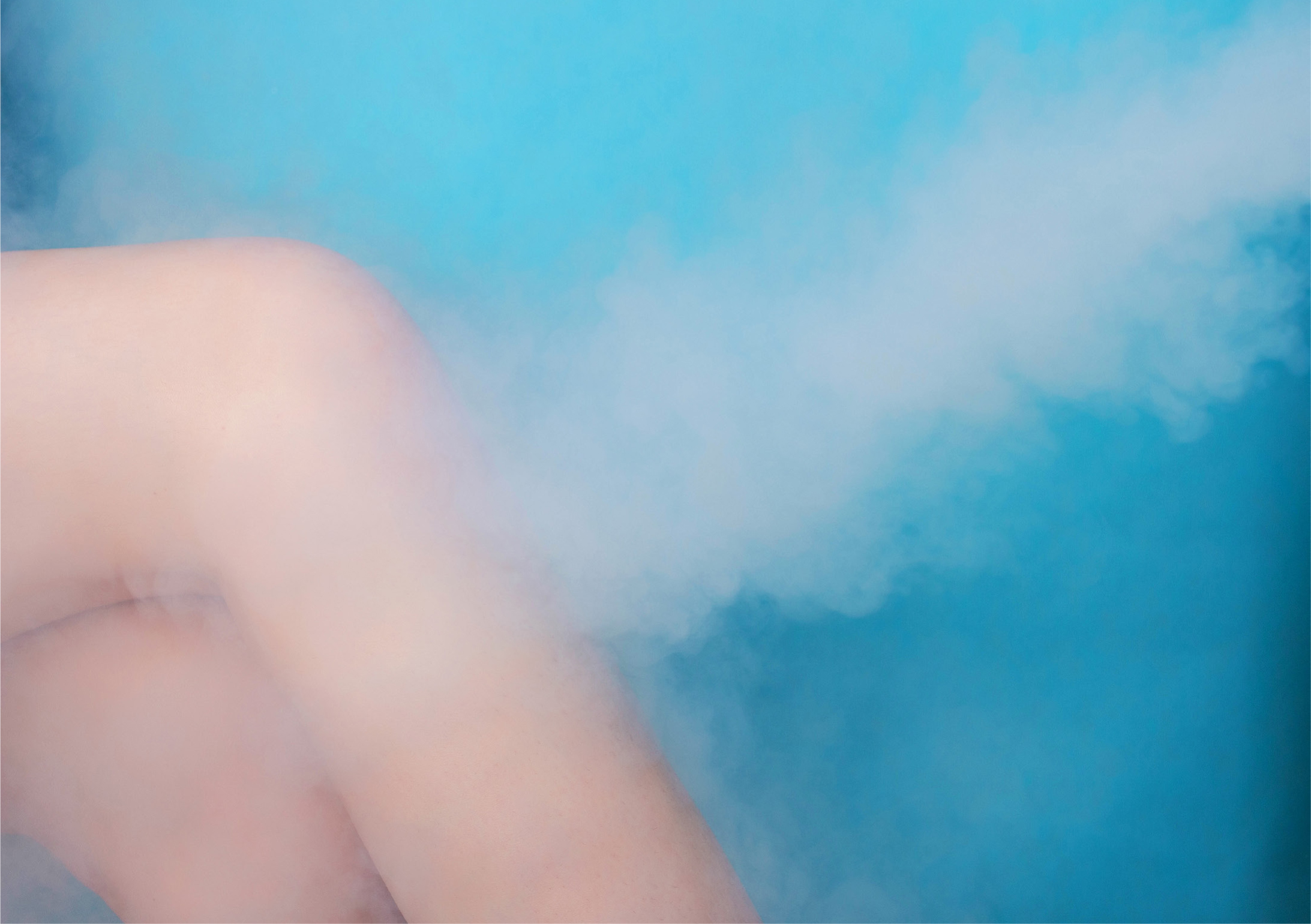References
Cryotherapy: treatment spectrum and setting up the service

Abstract
The application of cold—also known as cryotherapy—can be used to treat a variety of issues, and it must be carried out by trained personnel. Paul Charlson details more

 Before treating any lesion with cryotherapy, a diagnosis needs to be obtained by a qualified clinician
Before treating any lesion with cryotherapy, a diagnosis needs to be obtained by a qualified clinician
Cryotherapy is the use of cold in a medical setting to treat a variety of tissue lesions. It is usually delivered by a cryoprobe or spray connected to a reservoir of liquid nitrogen. This is at a temperature of −196°C. Using an open spray of liquid nitrogen creates an ice ball, the depth of which is roughly equal to the lateral spread. Some cells, such as melanocytes, are easily damaged by cold, whereas others, such as fibroblasts, are very resistant to cold (Yiu et al, 2007). The efficacy of liquid nitrogen and guidelines for treatment are well established (Cooper and Dawber, 2001). Other methods of delivering cryotherapy are Histofreeze and Dermafreeze, which employ vaporisation of a volatile liquid to create cooling and nitrous oxide as a CryoPen (HO Equipment).
Register now to continue reading
Thank you for visiting Journal of Aesthetic Nurses and reading some of our peer-reviewed resources for aesthetic nurses. To read more, please register today. You’ll enjoy the following great benefits:
What's included
-
Limited access to clinical or professional articles
-
New content and clinical newsletter updates each month


